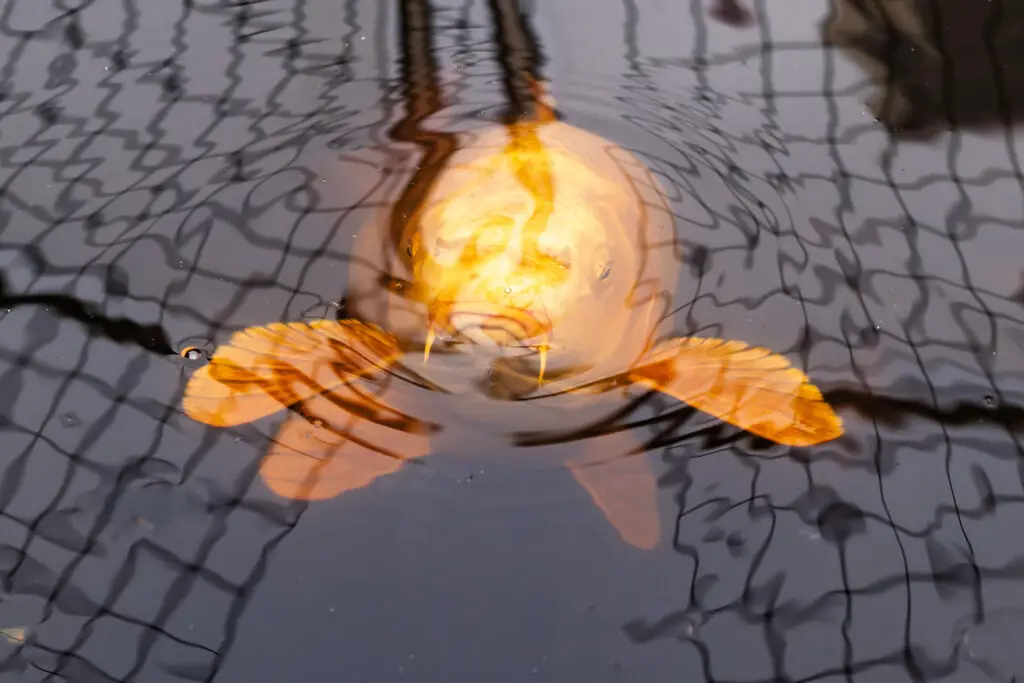
Although Koi has become a popular pet worldwide, it can be distressing to see fish and other domesticated animals, such as birds, in small enclosures like artificial ponds and cages. However, while keeping Koi in an enclosed space may appear cruel, this is only true if domesticated Koi are not cared for.
While some koi may not be happy as pets due to neglect or an unhappy environment, the domestication of Koi is a well-documented and rigorous practice that dates back to the 19th century. Therefore, the right breed of Koi is happy to be a pet, provided you meet their needs.
To understand why some koi breeds are happy to be domesticated and do better in artificial enclosures rather than in the wild, we will be looking at the history of koi domestication and the correct way to care for koi fish, and how you can build a relationship with your Koi.
The History Of Koi Domestication
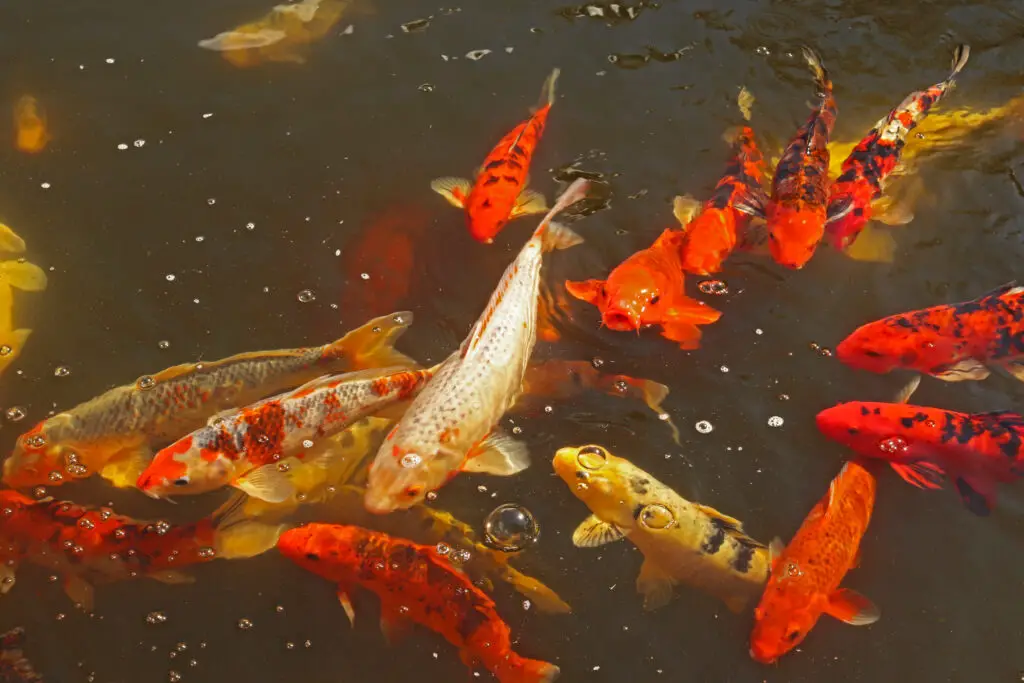
Technically speaking, Koi are less of a species of fish but instead are a variation of domesticated carp known as Amur carp. Although carp, and specifically Amur carp, are found in the wild in remote areas of East Asia, they seldom survive in the wild in most parts of the world.
The deliberate or accidental introduction of Koi into the wild in most parts of the world is devastating for the Koi and the greater ecosystem. The majority of countries label the introduction of domesticated Koi in the wild as an evasive species.
While Amur carp were originally aquacultured as a food source, as far back as the 5th century BC in China, fish farming replaced selective breeding during the 19th century in Japan.
Consequently, the enclosure and domestication of Amur carp transpired for over 1300 years, although the designation of Amur carp as pets and their selective breeding into Koi has only been happening for approximately 200 years.
The popularity of koi breeding and domestication expanded throughout the 20th and 21st centuries, resulting in the official classification of Koi as a domesticated species of Amur carp.
In conclusion, Koi, as domesticated animals, are happy to be kept as pets, provided they are treated correctly and in line with well-documented practices to keep them happy and stop them from reverting to their wild nature as Amur carp.
How To Care For Domesticated Koi
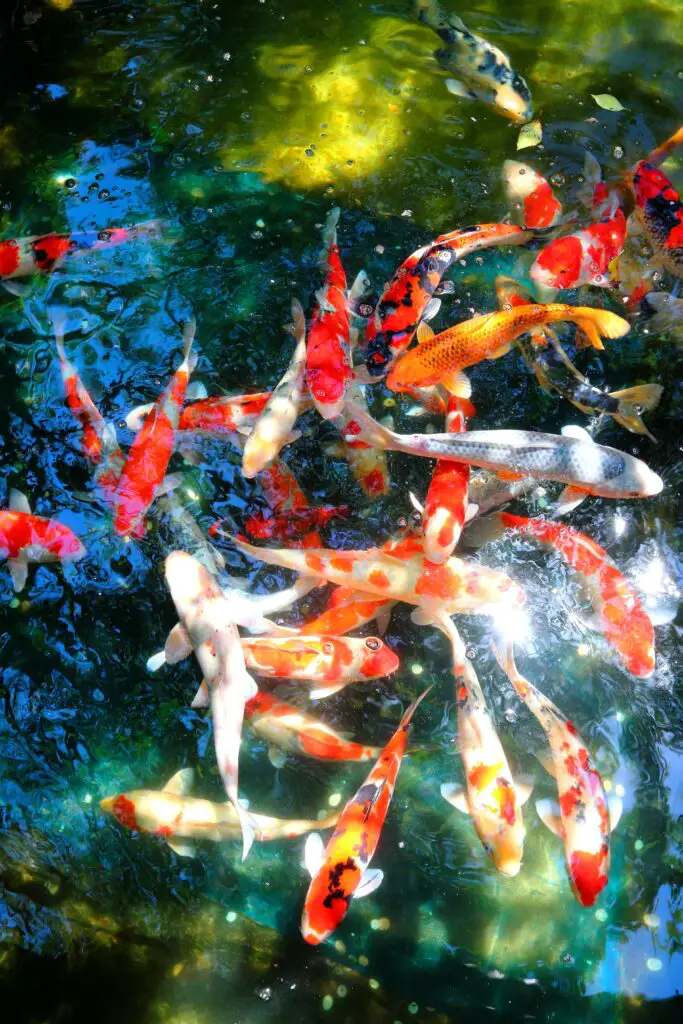
The most important feature of keeping koi fish is building and maintaining a koi pond to the Koi fish’s specific needs; this is an expensive endeavor and requires ongoing care and attention:
- The water in a koi fish pond needs to be monitored at an approximate temperature of 77F. If you live in a country with very harsh winters or low temperatures, it would be best if you installed a pond heater to maintain this water temperature.
- Ensure the water you use is clean, fresh water that is free of bacteria and harmful chemicals. You should also ensure that any/all new water that deliberately or accidentally enters the pond (such as rainwater) is safe and clean.
- You must install a filtration system that removes roughly 10% to 30% of the pond’s water biweekly. Although this will clear almost all of the waste, you will also need to clean the pond manually.
- Koi ponds must be between 4 to 6 feet deep with approximately 1000 gallons of water per five medium-sized Koi. Koi fish live for up to 30 years, and Koi will grow and breed during this time, so, therefore, you must ensure you have a large enough pond to prepare for this growth.
- Subject to the size and number of Koi in a pond, you must install an aeration system to keep the pond’s water sufficiently oxygenated.
- Koi are omnivorous. Therefore while Koi can live on fish pellets indefinitely, you should vary their diet with access to natural vegetation and algae.
- Koi are defenseless animals that are easily stressed by predators and other domesticated animals like dogs and cats. Therefore, you must install your koi pond in a safe area with protection/fencing around the pond to keep predators away from your Koi.
Do Koi Like Their Owners?
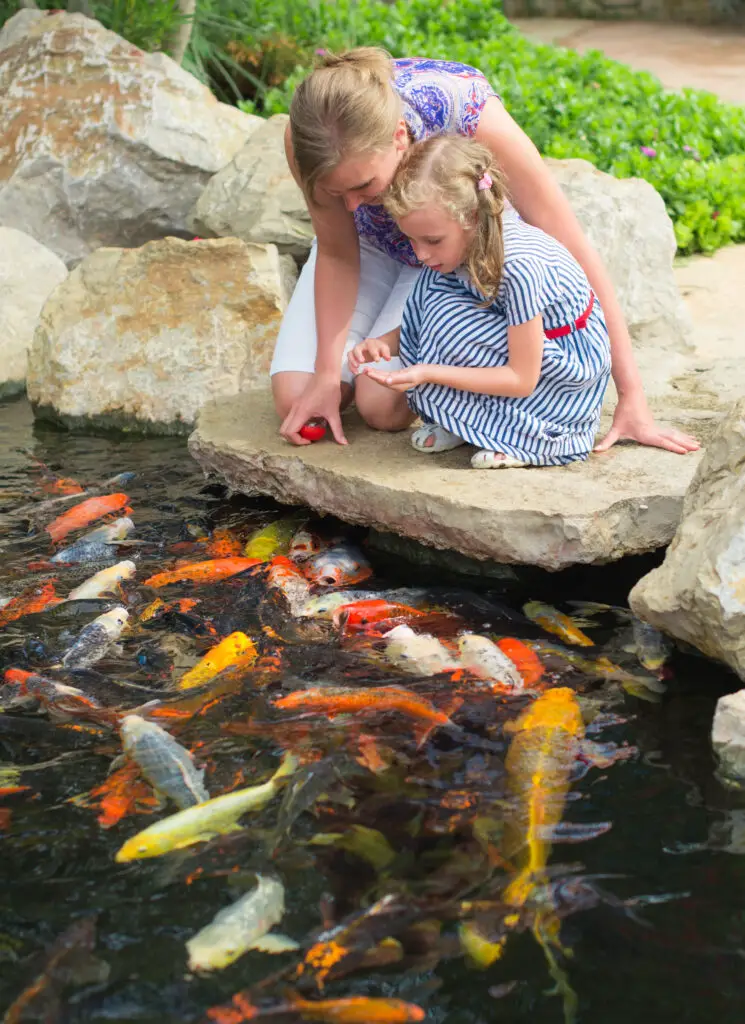
Unlike most fish that seldom display signs of affection or higher-grade thinking, Koi are intelligent, social animals that enjoy interacting with other Koi and their owners.
However, like all pets, different Koi will express their emotions and feelings toward their owners in different ways. For example, while some koi may swim up to their owners and enjoy the sensation of being touched, some koi may prefer to keep their distance.
Although both interactions may be indicative of Koi that have a good relationship with their owners, you must take the time to allow Koi to socialize in their own unique ways and not force them to behave in a specific manner (i.e., withholding food from a koi who doesn’t like being touched.)
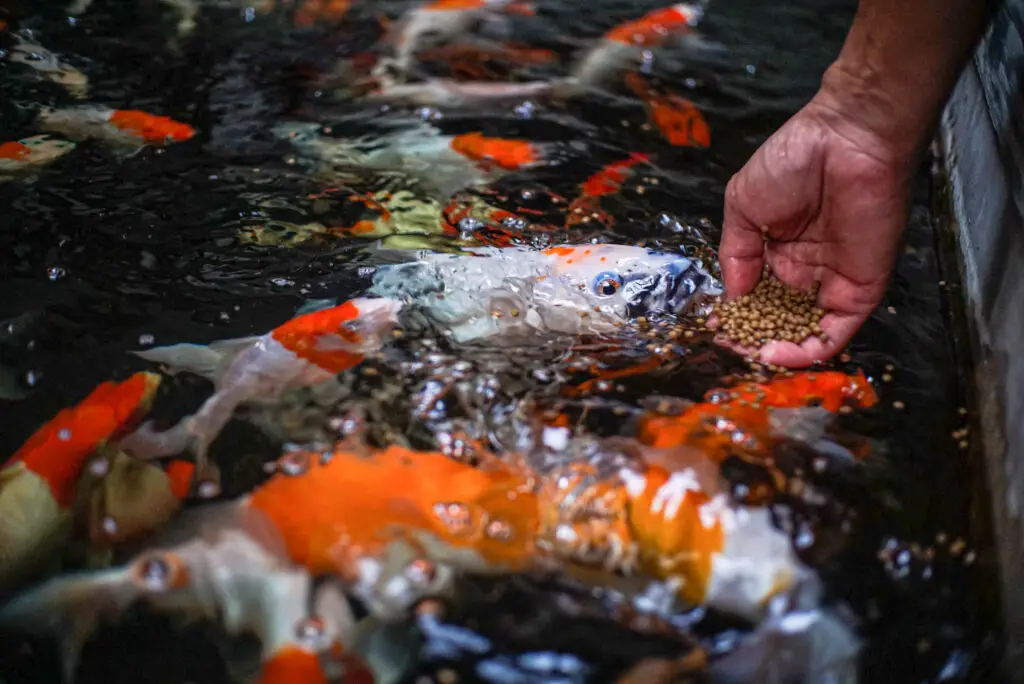
How To Determine If My Koi Are Unhappy?
Although it’s not easy to tell if your Koi are unhappy, there are some signs you should look out for when assessing their happiness:
- Stressed: If Koi are not gathering for food, remain at the bottom of the pond, or have bloodshot/ragged fins, this may be a sign of stressed Koi injuring themselves on the pond perimeter and lining.
- Sad/depressed: If Koi is acting sluggish or swimming strangely, this may be a sign that Koi are sad or depressed.
- Sick: If Koi swim strangely or appear disorientated, this may be a sign of sick Koi needing to be quarantined and closely monitored.
- Afraid: If Koi that are usually friendly are suddenly acting skittish, this may be Koi that are afraid due to exposure to predators or a poorly enclosed pond.
- Gasping Koi: If your Koi are gasping or are seen often jumping out of the pond, this is a sign that the pond water is not sufficiently oxygenated.
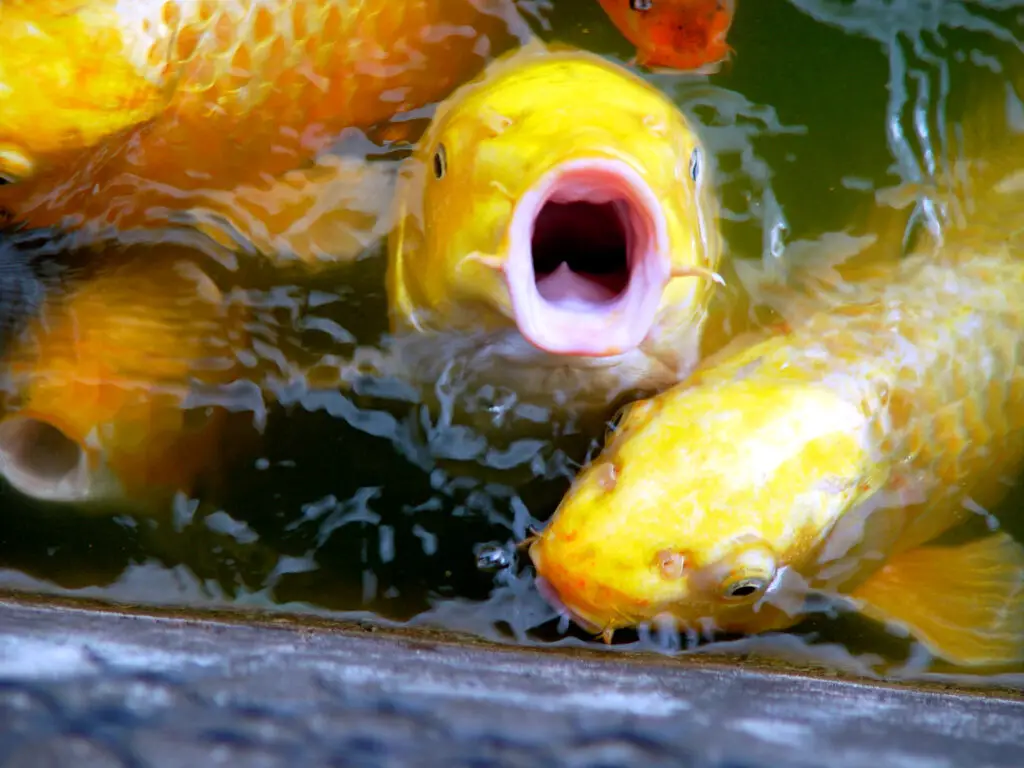
Conclusion
In conclusion, although koi fish may not take to domestication or being a pet as quickly as other animals like dogs or cats, you can make your Koi happy, provided you meet their specific needs timeously and effectively.

